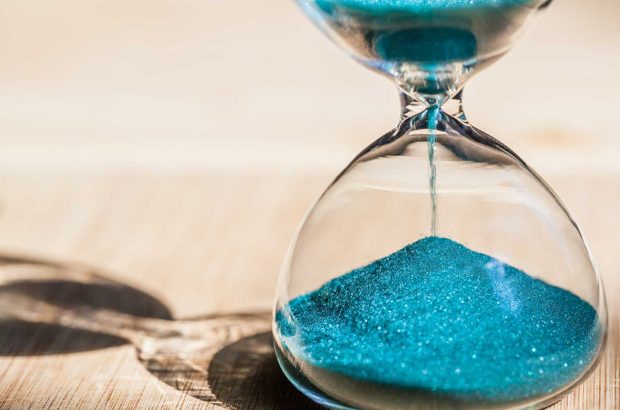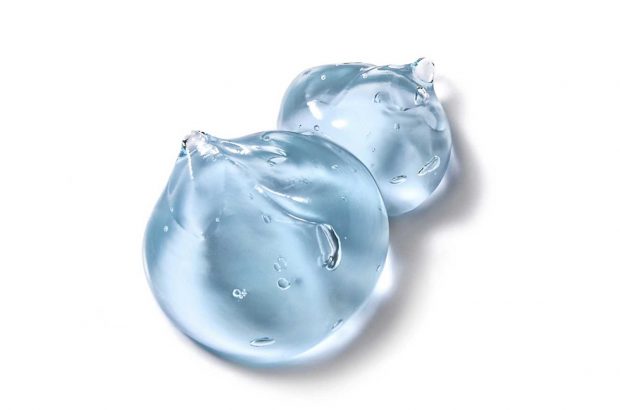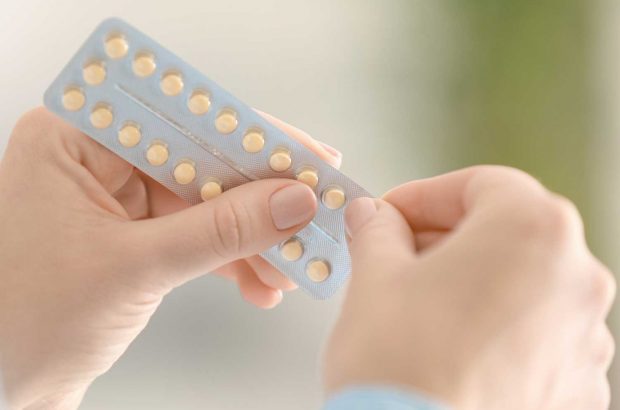
Mohs Surgery
Mohs micrographic surgery is a highly specialised technique for removal of skin cancer in which a dermatologist immediately examines the excised skin under the microscope to ensure that the skin cancer is fully removed. Mohs surgery has a very high cure rate and allows skin cancer to be removed very accurately whilst minimising the size of the wound.
When is Mohs surgery done?
Most skin cancers are not treated using Mohs surgery but are treated using a more simple surgical procedure or by using radiotherapy. Mohs surgery tends to be selected for patients who have unusual or more difficult tumours because of their type, size, location or because of the failure of other techniques to produce a cure.
What does Mohs surgery involve?
The Mohs surgeon (a specially trained dermatologist) will inject a local anaesthetic around the skin which is completely numbed. This causes a stinging sensation for a few seconds after which you should feel no discomfort. After this, the dermatologist will scrape the affected area to define the size and remove the obvious cancer. Next the dermatologist removes the skin around the obvious cancer with a scalpel. This tissue is taken away by the Mohs surgeon who then divides it into smaller specimens which are prepared for examination. A map of the cancer site is made showing the position of the specimens, which are then examined under the microscope. During the preparation of the specimens for microscopic examination a dressing is applied and you will be able to walk to the waiting room to await the results (usually ½ to 1½ hours).
The dermatologist studies the specimens for the presence of cancer at the edges. If there is still cancer present you will be asked to return to the operating room where any remaining area of cancer is cut out with using the Mohs surgery procedure exactly as before. The process in repeated by the dermatologist (sometimes several times) until no remaining cancer can be found.
How long does Mohs Surgery take?
Skin cancers can involve skin, fat, muscle, and less frequently nerves, arteries cartilage and bone. In more difficult cases, more time is required to remove all the cancer. It is not uncommon to stay for the several hours and very occasionally for the procedure to run over into a second day. Some people will require less time and some more. You should plan no other activities for the day. Please remember that a large part of this time is spent waiting whilst your specimens are examined in the laboratory.
What happens after Mohs surgery when all the skin cancer has been removed?
Once all the skin cancer is removed by the Mohs surgeon, the surgical defect is repaired. In most cases the dermatologist stitch up the wound immediately before you return home. The wound will always be repaired to give you the best possible cosmetic result. The dermatologist may stitch the Mohs surgery wound side to side, may suggest leaving it to heal naturally without stitching or if necessary may be repaired using a skin flap or graft. The dermatologist will assess the best options for closure of the wound and discuss these with you before going ahead. In larger or more difficult cases the Mohs surgeon may suggest one of the following: referral to another specialist for reconstruction (such as a plastic surgeon or ophthalmologist) either the same day or a few days later, admission to hospital, or surgery requiring a general anaesthetic.






